Once on the brink of extinction, the bison of Yellowstone National Park have made a remarkable comeback, thanks to concerted conservation efforts. This incredible journey from near extinction to thriving populations serves as a testament to the power of strategic intervention and nature’s resilience. Join us as we explore the history, challenges, and triumphs of the iconic bison in the heart of America.
The Historical Significance of the Bison
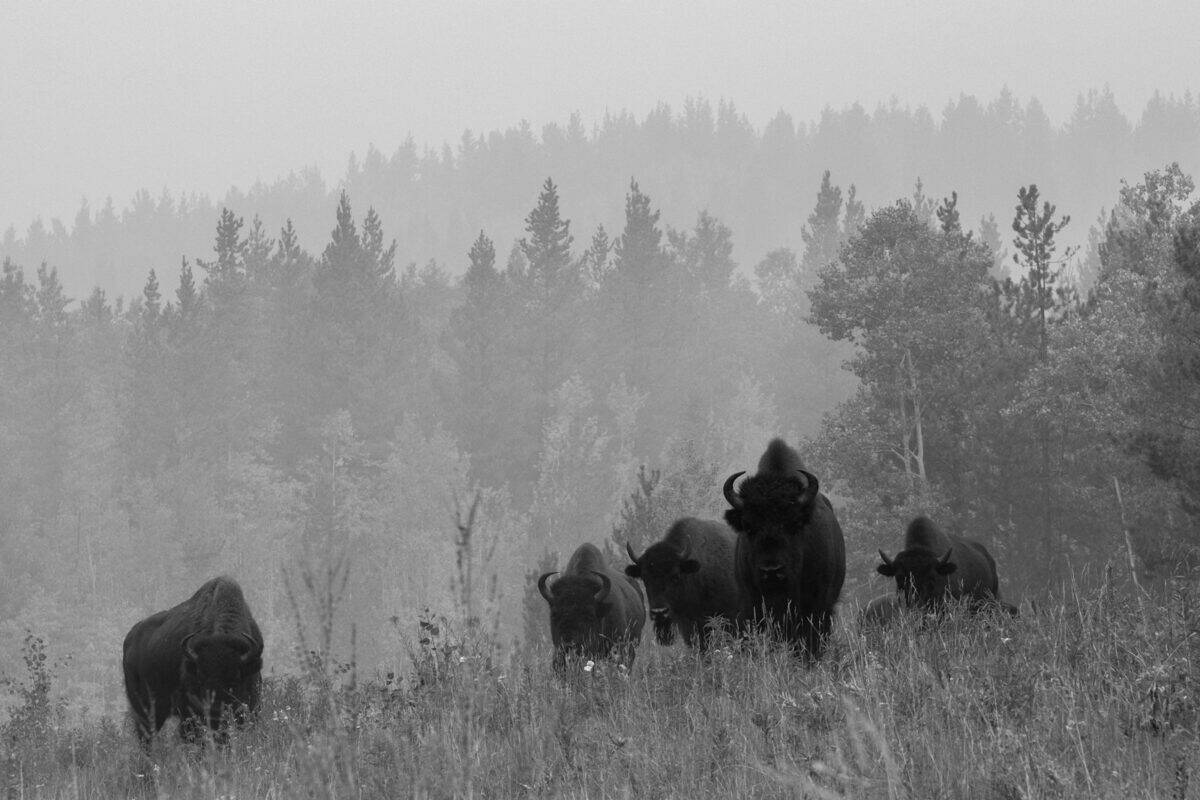
Bison, often mistakenly called buffalo, have been a critical part of North America’s ecosystem for thousands of years. They were an essential resource for indigenous peoples, providing food, clothing, and tools. However, their numbers dwindled dramatically due to overhunting and habitat loss during the westward expansion in the 19th century.
A Near-Extinction Event
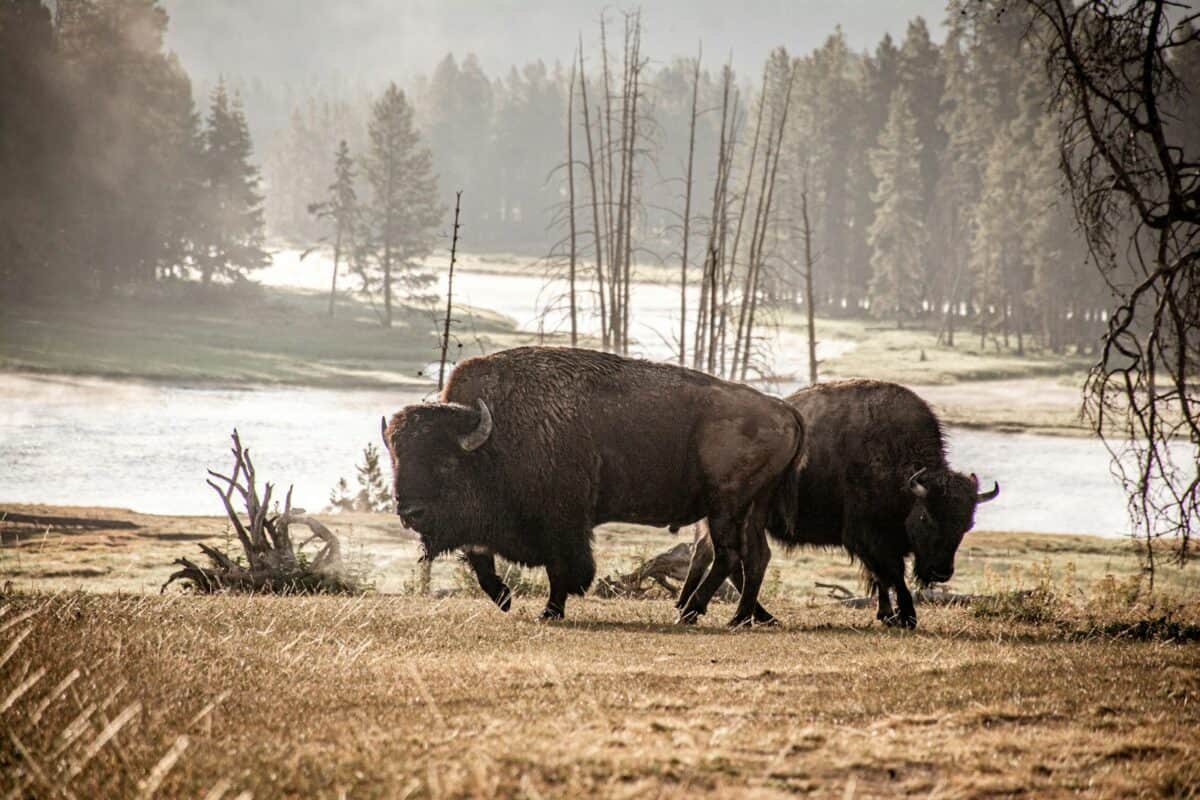
By the end of the 1800s, bison populations had plummeted to a mere few hundred animals from tens of millions. The once-vast herds that roamed the Great Plains and beyond were nearly eradicated, primarily due to commercial hunting and government policies dispelling Native American tribes from their lands.
The Role of Yellowstone National Park

Yellowstone National Park, established in 1872, became a refuge for the remaining bison population. Park officials, recognizing the crisis, began protecting these animals from further poaching, setting the stage for their eventual recovery. Despite the dire situation, this park played a pivotal role in conserving the species.
Conservation Efforts That Made a Difference
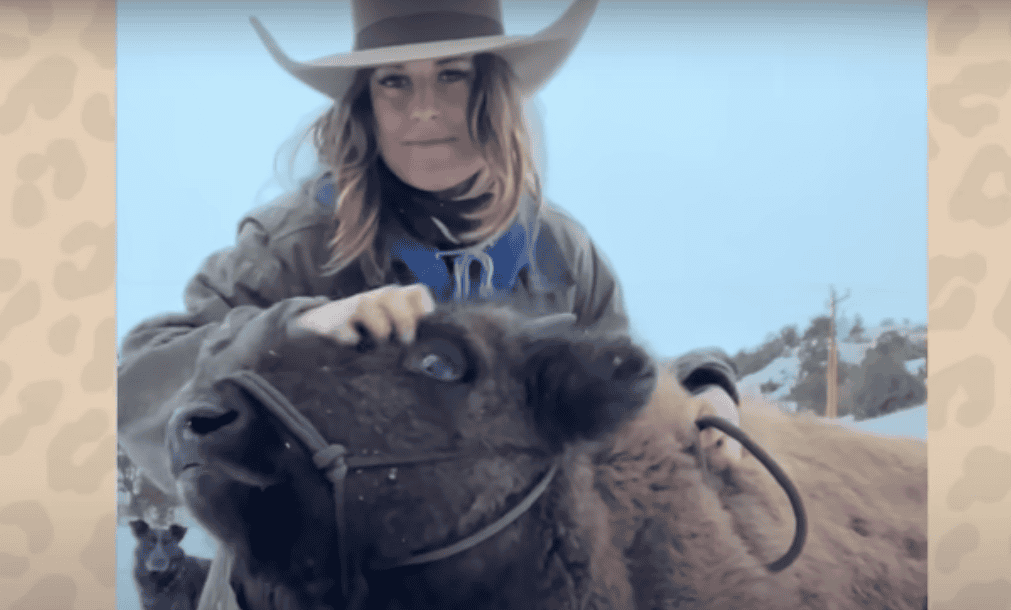
The federal government, conservationists, and Native American tribes collaborated extensively to rebuild bison herds. Programs like captive breeding, habitat restoration, and anti-poaching measures were introduced. Over the years, these strategies proved effective in reviving bison populations from a mere 23 individuals at Yellowstone to thousands today.
The Influence of Native American Tribes
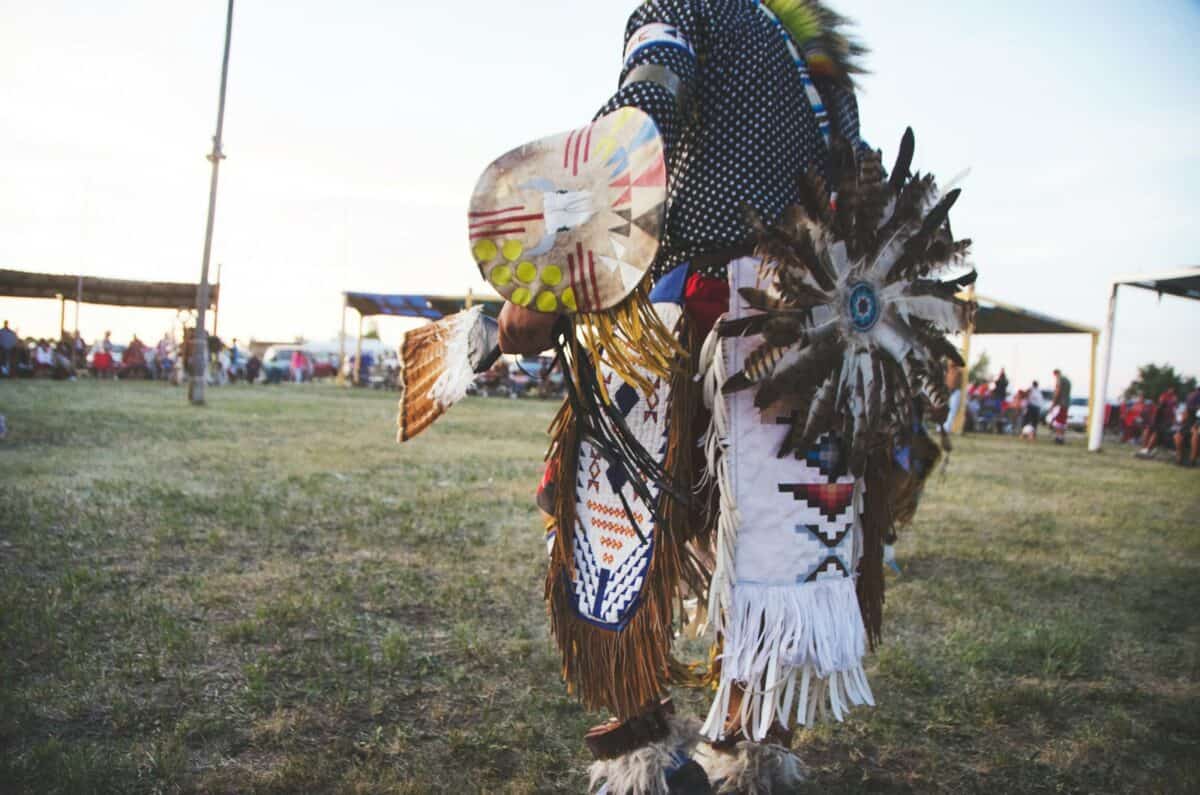
Native American cultures have a profound connection with bison. Many tribes have been integral to bison conservation, instrumental in establishing breeding and reintroduction programs. This collaboration wasn’t just about preservation but also a means of cultural restoration and empowerment.
Current Population and Distribution

Today, Yellowstone is home to around 5,000 bison, making it the largest wild herd in the United States. These animals roam freely across over 2.2 million acres of protected land. Successful reintroduction strategies have expanded their presence beyond Yellowstone, contributing to various regions of the North American landscape.
Species and Subspecies Explained
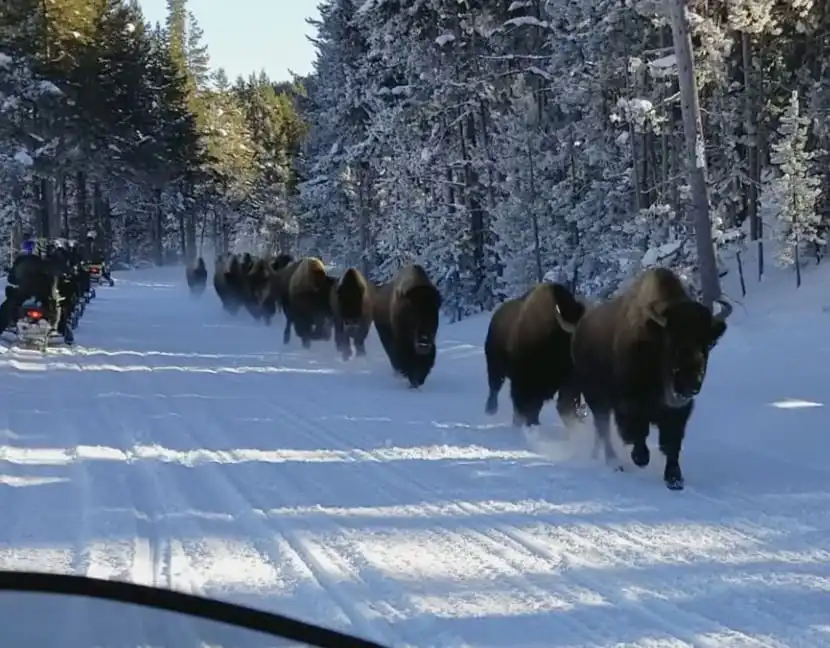
Bison are subdivided into different subspecies, primarily the Plains bison (Bison bison bison) and the Wood bison (Bison bison athabascae). Yellowstone bison belong to the Plains subspecies, characterized by their large size, thick fur coat, and horned appearance, adapted perfectly to survive the park’s harsh winters.
The Ecological Impact of Bison

As a keystone species, bison play an integral role in maintaining the ecological health of their environment. Their grazing patterns help reduce invasive plant species and promote biodiversity. Bison also contribute to soil fertility through their natural activities, further enhancing the ecosystem’s vigor.
Bison Behavior and Adaptations

Bison are known for their migratory patterns, moving extensively in search of food. They are remarkably adaptable, capable of surviving in diverse weather conditions, from the sweltering summer heat to the frigid winter cold. Their hump allows them to move snow efficiently, making winter foraging possible.
Future Challenges and Conservation

Despite their recovery, bison still face challenges, including habitat loss and disease management. Conservationists continue to strive for genetic diversity and greater public land access to ensure their long-term survival, engaging communities and creating awareness around bison conservation.
The Symbolic Importance of Bison
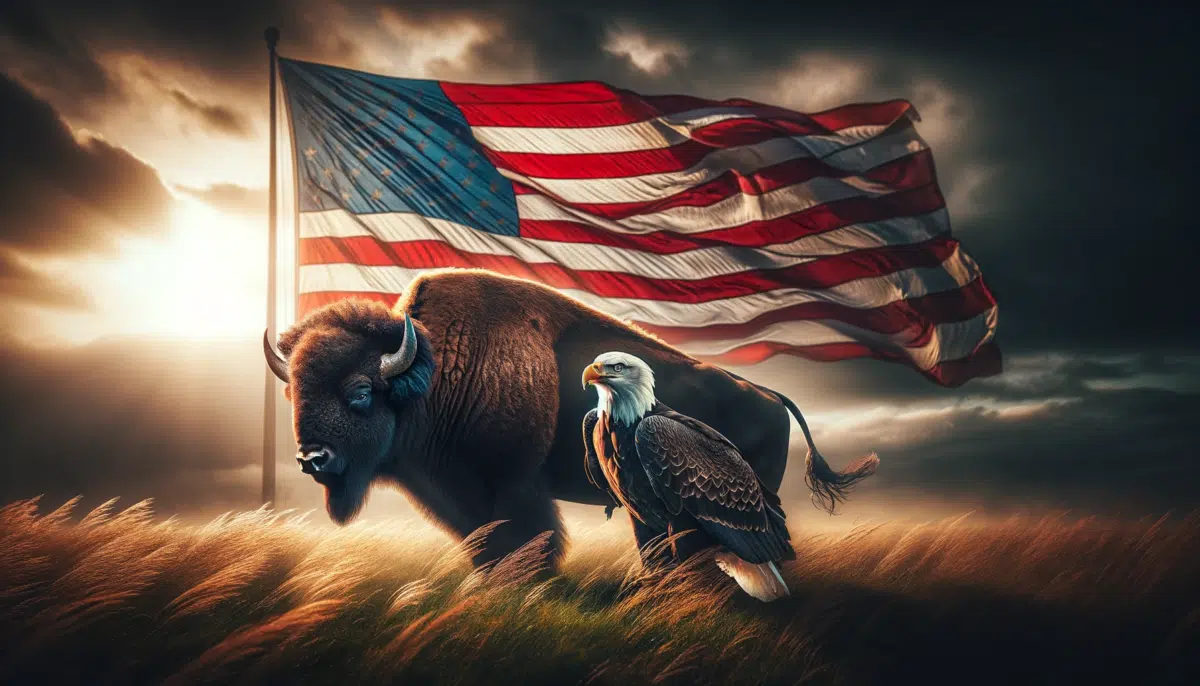
Bison have become a symbol of resilience and restoration. In 2016, the National Bison Legacy Act declared the American Bison the national mammal of the United States, celebrating their ecological and cultural significance. This act reflects the nation’s commitment to conservation and admiration for these majestic creatures.
The story of the Yellowstone bison is one of survival, resilience, and hope. From near extinction to flourishing herds, their recovery is a remarkable accomplishment of conservation and collaboration. As these iconic animals continue to roam freely in their natural habitats, they serve as a reminder of the importance of preserving our natural world for future generations.
- America’s Most Endangered Mammals And How to Help - August 9, 2025
- The Coldest Town in America—And How People Survive There - August 9, 2025
- How Some Birds “Steal” Parenting Duties From Others - August 9, 2025

